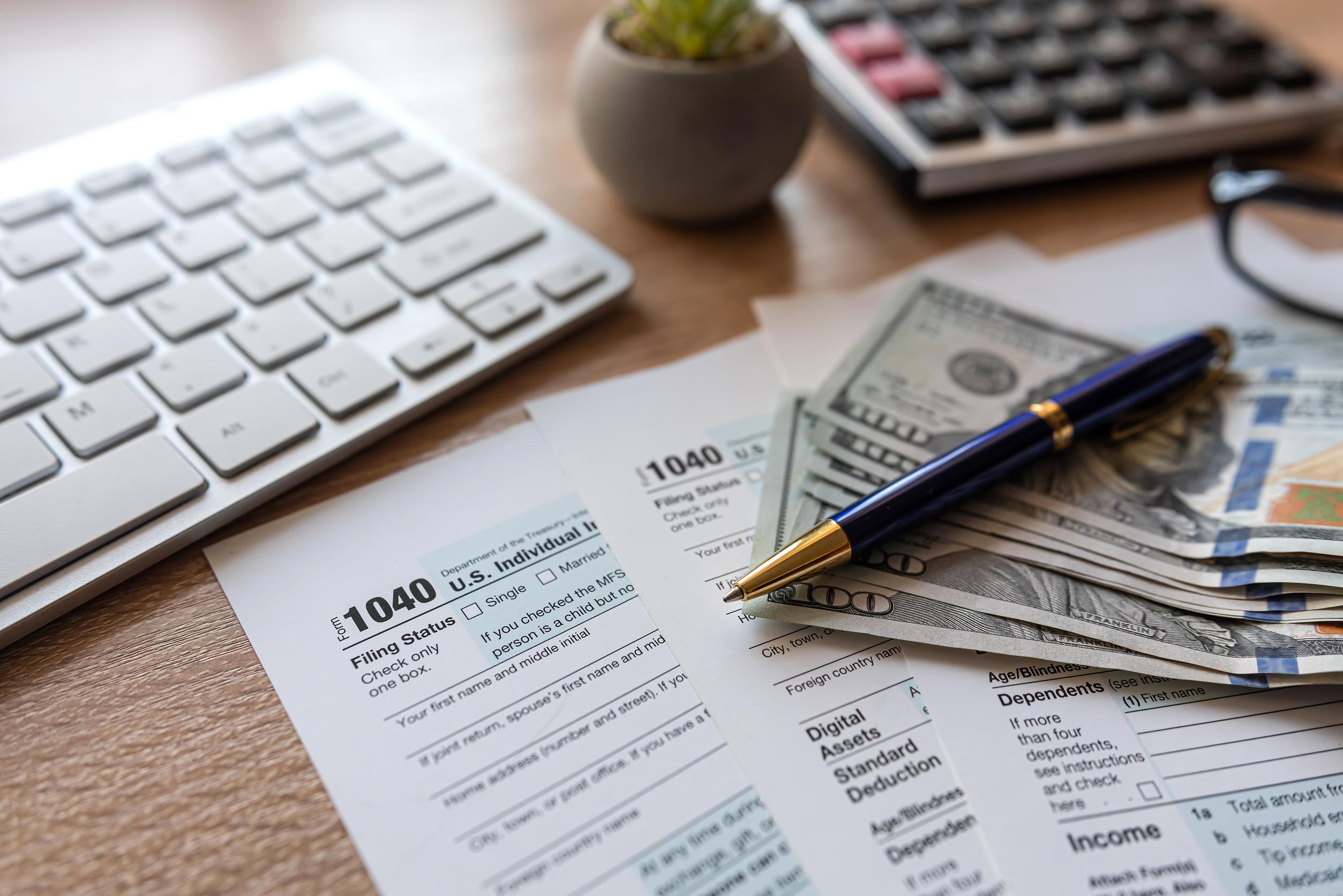Saving is usually painted as the ultimate financial win—stash away every dollar you can, and you’ll be golden. But what if all that disciplined saving comes back to bite when tax season rolls around? The idea sounds backwards, but in some cases, saving aggressively can trigger unexpected tax headaches.
Suddenly, your hard-earned nest egg doesn’t look so cozy once the IRS gets a closer look. Let’s break down how too much saving in the wrong places can actually cause more harm than good.
Tax-Deferred Doesn’t Mean Tax-Free
Many people shovel as much as possible into tax-deferred accounts like traditional IRAs or 401(k)s. While it feels great to cut taxable income now, it’s only a delay, not a permanent escape. The IRS eventually comes knocking when you withdraw, often at a higher rate than expected. This can leave retirees with big tax bills just when they need cash flow the most. Saving too much without balance can trap you in future tax brackets you didn’t plan for.
The RMD Surprise Party
Required Minimum Distributions (RMDs) aren’t optional, and they can feel like an unwanted party guest. Once you hit your early 70s, the government forces you to start pulling money out of certain accounts. Those withdrawals are taxed as regular income, which can spike your yearly tax bill. For heavy savers, this often pushes them into higher brackets at exactly the wrong time. The money you thought you were hoarding for freedom can end up shackling you with taxes.
Tax Credits Could Slip Away
Loading up retirement accounts or savings can unintentionally reduce eligibility for valuable tax credits. Some credits phase out as income climbs, even if the income is technically deferred. By the time the math is done, you might lose credits that could have saved thousands.
Families saving aggressively may unknowingly cut themselves off from things like education credits or child tax perks. Over-saving in the wrong way can quietly erase big opportunities for relief.
State Taxes Add Another Twist
Federal tax rules are only part of the story—state laws complicate things further. Some states don’t recognize all deductions or have their own rules about retirement accounts. That means aggressive savers can get less relief than expected, even while locking away money. When withdrawals finally come, state taxes pile on top of federal, doubling the sting. Saving blindly without understanding local rules can make tax time a rude awakening.
The Social Security Domino Effect
Social Security benefits aren’t always taxed, but heavy saving can flip that switch. Once other income rises, up to 85% of benefits can suddenly become taxable. Withdrawals from retirement accounts add to the income pile, setting off a domino effect. The bigger the savings pot, the easier it is to push benefits into taxable territory. What seemed like extra security morphs into an expensive balancing act with Uncle Sam.
Capital Gains Complications
Even outside retirement accounts, saving can trigger problems when investments grow. Selling long-held assets means capital gains taxes, and large gains can push overall income higher. That, in turn, can reduce deductions, credits, or even bump you into new tax tiers. Timing matters, but many savers forget that cashing in wins carries a hidden cost. Saving without a strategy turns growth into a tax trap instead of a windfall.
Health Care Costs Can Spike
Medicare premiums are tied to income, and savings withdrawals count in that calculation. A big year of distributions can push retirees into higher premium brackets. Suddenly, health care costs surge simply because of how much was saved decades earlier. It’s a frustrating cycle: saving hard to afford health care later can ironically make it more expensive. Too much saving in tax-deferred vehicles can turn into a costly health penalty.
Roth Accounts as a Pressure Valve
Not all savings strategies come with the same headaches. Roth IRAs and Roth 401(k)s allow for tax-free withdrawals, which can be a lifesaver later. They don’t require mandatory distributions, and they don’t spike taxable income the same way. Mixing Roth contributions into a strategy can keep future taxes under control. Balance beats brute force when it comes to smart saving.
Diversifying Your Saving Buckets
The key isn’t to stop saving—it’s to diversify where the money goes. Splitting funds across taxable, tax-deferred, and tax-free accounts gives flexibility. When tax rules shift, savers with different “buckets” have more control over withdrawals. This means less risk of being cornered by high brackets or surprise bills. Strategic variety prevents saving from turning into an accidental trap.
Planning Ahead with a Pro
Aggressive savers often skip professional advice because it feels unnecessary. But small mistakes today can snowball into massive bills later. A tax pro or financial planner can map out withdrawals, credits, and deductions before trouble hits. They help turn raw saving into smart saving with an eye on long-term effects. Guidance can be the difference between a comfortable retirement and a costly surprise.
Saving Smart, Not Just Saving Hard
Saving isn’t the enemy—it’s how and where the saving happens that matters. Without strategy, big nest eggs can trigger bigger tax headaches than most people expect. Thinking ahead about withdrawals, credits, and state rules can keep the IRS from claiming more than its share. Smart savers balance tax-deferred, taxable, and Roth accounts to keep flexibility alive.
What do you think—have you thought about how your savings might hit back at tax time? Share your thoughts below.
You May Also Like…
6 Forgotten Taxes That Still Haunt Everyday People
Why Are Cities Adding “Entertainment Taxes” on Concert Tickets
10 Inheritance Plans That Triggered Unexpected Taxes
9 Cities That Have The Highest Property Taxes in New York
10 Side Hustle Bonuses That’ll Hurt Your Tax Return More Than Help


